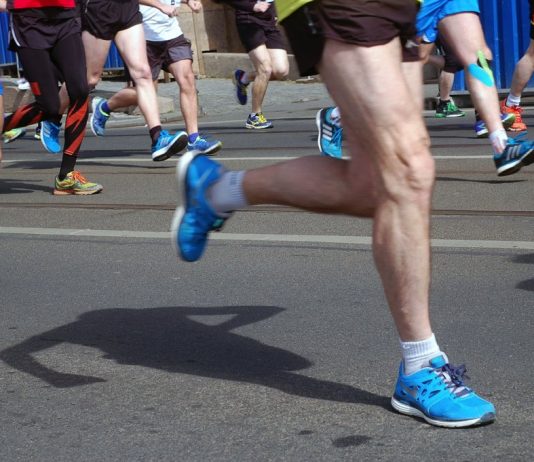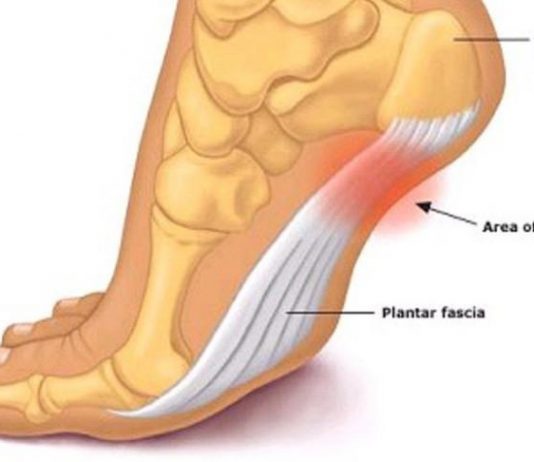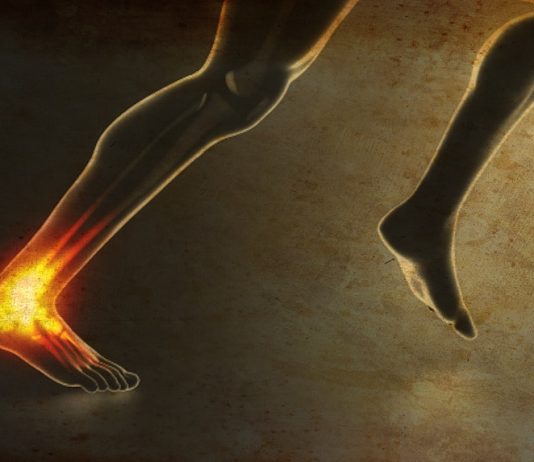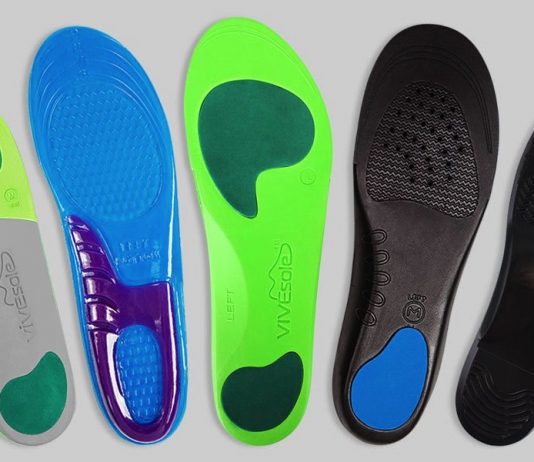Running is as much a mental sport as it is physical. As an endurance activity, you must both manage physical pain and exercise mental fortitude in order to overcome limits. At times the mental strength that you display can heighten your risk for possible injury, especially when it is...
By Thomas Do Canto
The ‘drop’ of a running shoe, as it’s commonly referred to, is the difference in midsole height or thickness between the heel and forefoot. I feel that at this point in time, more so than ever, running shoe companies are releasing various models that have a...
Perhaps because of the alliteration, “flat feet” sounds like something that came out of a comic book and not a fitness injury that needs your attention. In addition to its rather funny sound, fallen arches are not terribly painful, at least when compared to plantar fasciitis and some other...
Runner's Tribe - Run School
Minimalist, maximalist, zero drop, traditional, soft foam, hard foam, high stack height, low stack height, stiff soles, flexible soles, magic foam that makes you float or fly. Or whatever.
Whilst the science on all the above is minimalistic in itself, one study that shows that...
The Night Wrap – Treating Inflammation
By Thomas Do Canto
It was over 10 years ago that I was first introduced to this off-label treatment and I believe it still has its place in the management of many soft tissue injuries.
So what is a night wrap? No, it's not a facial...
Plantar fasciitis is one of the most common causes of plantar heel pain in both runners and non-runners, and one of the most prevalent causes of foot pain in general with 10% of people experiencing plantar fasciitis across their lifespan (1). Plantar fasciitis affects both sedentary and athletic people. It is estimated that approximately 1 in 10 people experience heel pain at some point. Although plantar fasciitis occurs at all ages, the highest risk of occurrence of plantar fasciitis is between 40 and 60 years of age. There is no known sex bias.
Insertional Achilles Tendinopathy is a painful and difficult condition that many runners and active individuals experience. Importantly insertional achilles tendinopathy (IAT) is a different pathology to other types of achilles pain and as such it may not respond to treatments given to other types of achilles presentations. It has been estimated that one third of achilles pain is IAT (1,2). Here we discuss some key features of recognising IAT and important aspects of its management.
Have you gotten a new pair of running shoes that aren’t the most comfortable? Is nagging arch pain giving you the sense you might need more arch support in your running shoe? You may be in the market for running inserts or orthopedic insoles . . . and you’re...
Are warmer temperatures and longer days beckoning you outside and into the woods for some trail running? More than 8 million people in the U.S. are estimated to trail run every year, making it an ever-growing popular sport. Trail running offers the amazing cardio benefits you get from running...
Overpronation — the inward ankle roll (>15 °) at foot‑strike — affects ≈ 30 % of recreational runners (Br J Sports Med 2019). Left unmanaged it raises medial‑knee and plantar‑fascia load. Stability shoes soften that with denser foams, medial posts and “guidance rails.” We lab‑ and road‑tested 27 stability models released Aug 2024–May 2025, verifying every spec...











